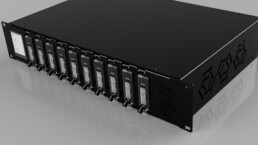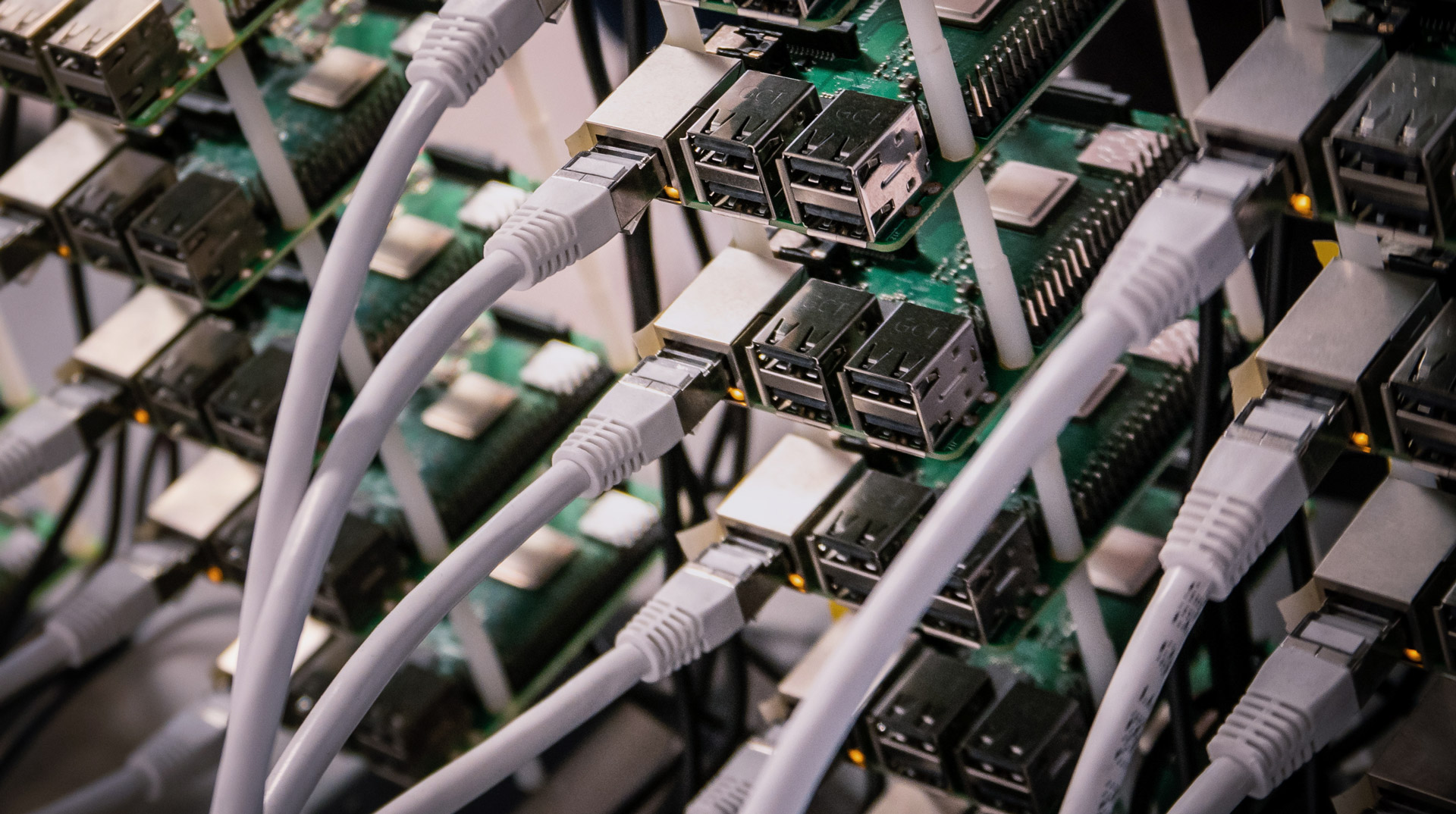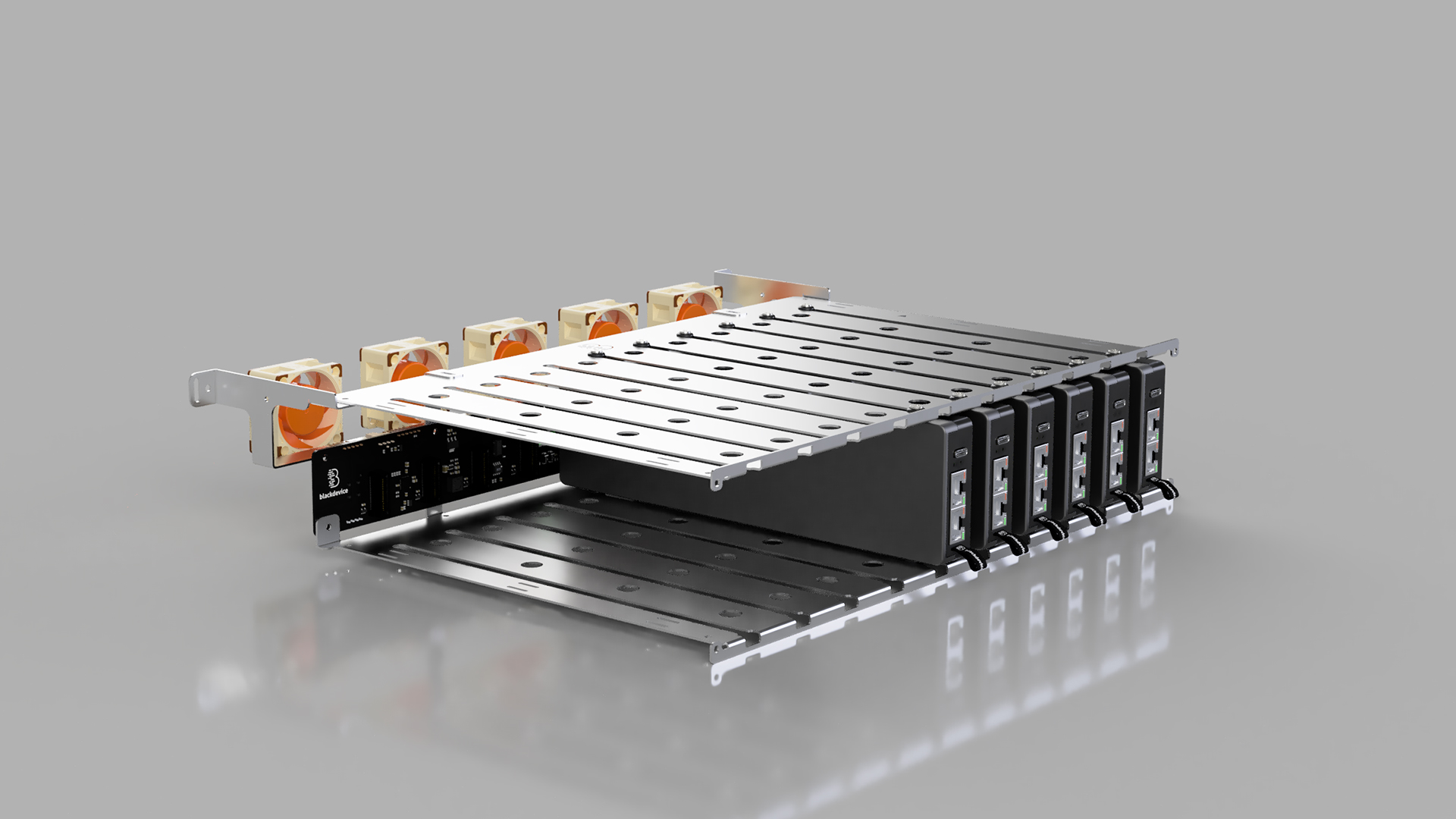Introduction to ARM clusters with Raspberry Pi CM5
ARM clusters are an exciting frontier in distributed computing, especially when built using devices like the Raspberry Pi CM5. In this article, we’ll explore what an ARM cluster is, how it works, and its many practical applications—all explained in simple terms for non-experts.
What is an ARM cluster?
Before diving into clusters, let’s break down a few key terms:
- ARM Architecture: ARM (Advanced RISC Machine) refers to a type of processor design known for its energy efficiency. This architecture is widely used in mobile devices and single-board computers like the Raspberry Pi.
- Cluster: a cluster is a group of computers (or boards) that work together over a network to share computing tasks. By distributing tasks among multiple nodes, clusters can handle more work than a single device.
- Raspberry Pi CM5: this is a compact, powerful version of the Raspberry Pi 5, designed to be integrated into custom products and systems. The Compute Module is available in different versions, and Raspberry Pi also offers it with their own developer kit.
In the tech enthusiast and DIY electronics community, Raspberry Pi clusters have gained popularity for setting up homelabs. One prominent figure in this space is Jeff Geerling, who creates educational content on his popular YouTube channel. He created this video that serves as an excellent introduction to this field.
Put simply, an ARM cluster built with Raspberry Pi CM5 modules means connecting several CM5 boards so they work together as one powerful unit.
How does an ARM cluster work?
Creating an ARM cluster might sound complex, but the basic steps are straightforward:
- Hardware setup: multiple Raspberry Pi CM5 boards are connected on a base board or within a system that supports several slots. These boards are physically linked together.
- Networking: the boards are interconnected using Ethernet or an internal bus system. This network setup allows them to share data and computational tasks seamlessly.
- Software installation: each node in the cluster runs a compatible operating system—commonly Linux—and is managed by orchestration software such as Kubernetes, Docker Swarm, or MPI. This software is responsible for distributing tasks among the nodes.
- Task distribution: with the hardware and software in place, the cluster divides and processes tasks concurrently. This means that complex operations can be split up and run in parallel, significantly boosting performance.
What are the some of the uses of an ARM cluster?
ARM clusters are versatile and can serve many purposes, including:
- Learning and experimentation: they offer a hands-on way to explore distributed computing, DevOps, and containerization. Whether you’re a student or a tech enthusiast, building an ARM cluster is a fantastic learning opportunity.
- Small, scalable and cost-effective servers: ARM clusters can host lightweight websites, REST APIs, and distributed databases. They are ideal for setting up a home lab or a mini personal cloud that can be shared with family or a small community.
- Parallel processing: for tasks that can be divided into smaller jobs—like basic rendering, data processing, or scientific calculations—ARM clusters provide a cost-effective solution. They can handle parallel computations efficiently using libraries such as MPI.
- Edge computing: in industrial settings, ARM clusters can process data locally at the “edge” before sending it to the cloud. This is especially useful for sensor analytics and IoT applications, where real-time data processing is crucial.
- Prototyping distributed systems: they allow you to simulate larger server farms or cloud environments on a smaller scale. This is perfect for testing and developing distributed systems without investing in expensive infrastructure.
Conclusion
ARM clusters with Raspberry Pi CM5 offer an accessible way to harness the power of distributed computing. Whether you’re experimenting with new technologies, building scalable servers, or diving into parallel processing and edge computing, these clusters provide a flexible and energy-efficient solution. Embrace the future of computing with ARM clusters—where smart ideas meet robust engineering.
At blackdevice, we’re passionate about the professional potential of ARM clustering and are hard at work on an ambitious industrial-grade solution. It will enhance our projects and empower our clients—thanks to the remarkable energy efficiency of ARM architectures, their scalability in cloud and edge deployments and the sustainability gains afforded by using the right technology for the right workload. If you are interested in this technology, check out our First look at our Raspberry Pi CM5 ARM cluster prototype post.
Be sure to subscribe to our newsletter to receive every update on this project as it unfolds—and follow us for more deep dives into cutting-edge IoT and smart-device innovation. Thank you for reading, and stay tuned!




